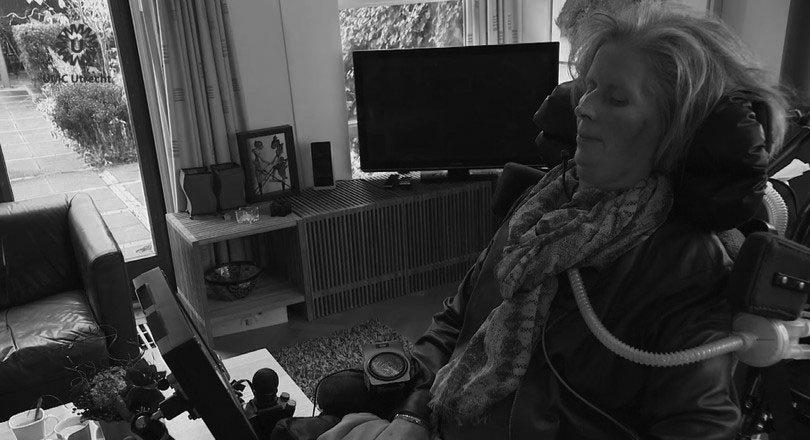By Jasmine Lam
Staff Writer
On Nov. 24, a new case study revealed that an implant had helped Hanneke de Bruijne, a long term patient of Amyotrophic Lateral Sclerosis (ALS) to communicate with others through a computer with a 95 percent accuracy rate.
Bruijne is the first person in history to use the implant in her daily life. She was given the implant in October 2015 at University Medical Center Utrecht in the Netherlands.
According to the New England Journal of Medicine, Bruijne was given a fully implanted brain-computer interface that consists of four electrical sensors and a receiver that is placed on his or her chest. They are situated above the motor cortex area, which controls movement. Two sensors are placed around the area where the right hand is controlled and the other two are for backup if the brain degenerates.
When working with the transplant, Bruijne has a tablet positioned in front of her. By thinking of the letter she wants to select, the sensors send a signal to the tablet and the letter is chosen.
Bruijne trained her brain by playing table tennis until she was able to perform a brain click by thinking of moving her hand, which took six months of training in order to achieve accuracy.
Before the implant, the long term ALS patient used a device that helped her control her computer with her eyes. However, one potential danger of this mechanism is that poor lighting could interfere with the transmission and result in the incorrect registration of information.
Bruijne has told world leading science brand New Scientist that one of the best benefits of the implant is that she can go outside and communicate.
ALS, otherwise known as Lou Gehrigs Disease, is a neurodegenerative disease that affects nerve cells in the brain and spinal cord. The ability to control muscle is lost and can lead up to the paralyzation of the entire body.
“We wanted to give these patients back their dignity,” stated professor of neuroscience at the Brain Center Rudolf Magnus, Nick Ramsey.


